Mango Pruning Guide: Learn When And How To Trim A Mango Tree
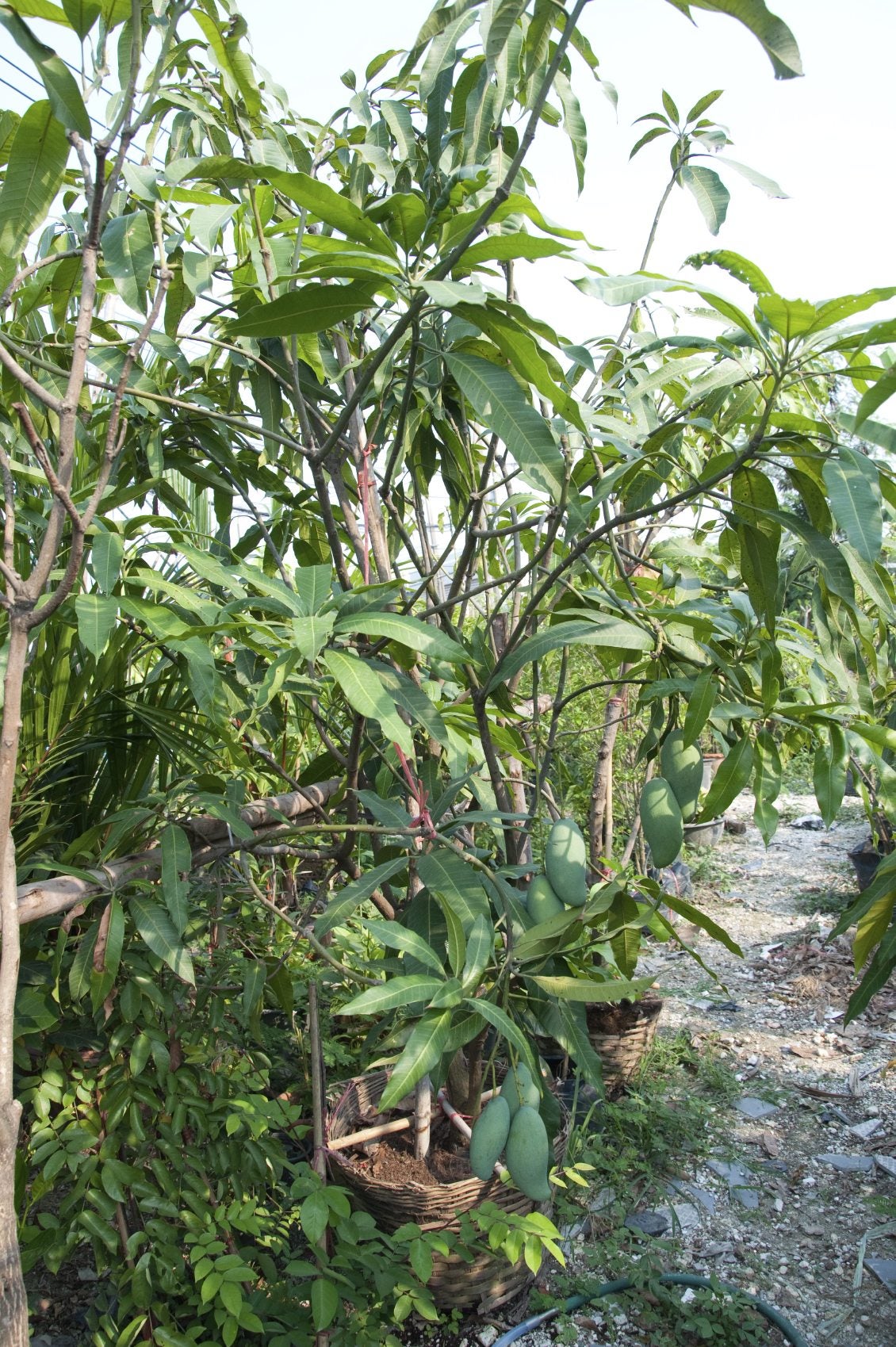
Fruit trees are generally pruned to remove dead or diseased wood, allow more light to penetrate into the leaf canopy, and control the overall tree height to improve harvesting. Pruning mango trees is no exception.
Sure, you could let them run amok, but you would need significant space for such a large tree and how on earth would you get to the fruit? So how do you prune a mango tree and when is the best time to prune a mango tree? Read on to learn more.
Before Trimming Mango Trees
On a cautionary note, mangos contain urushiol, the same chemical that poison ivy, poison oak, and sumac contain. This chemical causes contact dermatitis in some people. Since urushiol is also present in the mango leaves, care should be taken to completely cover exposed body parts when pruning mango trees.
Also, if you have a mango that’s in dire need of pruning because it has been left to run amok, say it’s 30 feet (9 m.) or taller, a trained arborist who is licensed and insured should be called upon to do the job. If you decide to do the work yourself, the following information will give you a rudimentary mango pruning guide.
Mango Pruning Guide
About 25-30% of moderate pruning is done on commercially grown mangos to reduce the canopy height and width of large mango trees. Ideally, the tree will be shaped to have three and not more than four main trunks, have ample interior canopy space, and is 12-15 feet (3.5-4.5 m.) tall.
All this is true for the home gardener as well. Moderate, and even severe pruning, will not damage the tree, but it will reduce production for one to several seasons, though is worth it in the long run. Spreading branches are more fruitful than erect branches, so pruning seeks to remove them. Lower branches are also pruned to four feet from ground level to ease the tasks of weed removal, fertilizer application, and watering.
The basic idea is to maintain a modest height and improve flowering, thus fruit set. Mangoes do not need to be pruned every year. Mango trees are terminal bearers, which means they flower from the tips of the branches and will only flower on mature wood (shoots that are 6 weeks or older).
Gardening tips, videos, info and more delivered right to your inbox!
Sign up for the Gardening Know How newsletter today and receive a free copy of our e-book "How to Grow Delicious Tomatoes".
You want to avoid pruning when the tree has vegetative flushes near flowering time around the end of May and into June. The best time to prune a mango tree is after harvest and should be done immediately, at the very least completed by the end of December.
How Do You Prune a Mango Tree?
Most times, trimming mango trees is just common sense. Keep in mind the goals to remove diseased or dead wood, open the canopy, and reduce height for ease of harvest. Pruning to maintain height should begin when the tree is in its infancy. First, a heading cut (a cut made in the middle of a branch or shoot) should be made at about 3 inches (7.5 cm.). This will encourage the mango to develop the main three branches which form the scaffold of the tree.
When those scaffold branches grow to 20 inches (50 cm.) long, a heading cut should again be made. Each time the branches reach 20 (50 cm.) inches in length, repeat the heading cut to encourage branching. Remove vertical branches in favor of horizontal branches, which help the tree to maintain its height. Keep pruning in this manner for 2-3 years until the tree has a strong scaffold and open frame.
Once the tree is at a workable height for you, you should only need to make one to two thinning cuts per year just to help control growth. Keep the tree rejuvenated and fruitful by removing any woody branches. Mangoes will begin fruiting in their second or third year after planting.
Once the tree is fruiting, it uses less energy to grow and more to blossom and fruit, effectively reducing its vertical and horizontal growth. This will reduce the amount of pruning you need to focus on. Just maintenance pruning or pinching should keep the tree in good shape.

Amy Grant has been gardening for 30 years and writing for 15. A professional chef and caterer, Amy's area of expertise is culinary gardening.
-
 Looking For Plants To Give You The Soft And Fuzzies? Try These 5 Fuzzy Leaf Plant Options
Looking For Plants To Give You The Soft And Fuzzies? Try These 5 Fuzzy Leaf Plant OptionsLovers of texture, drama, silver foliage and tactile plants will adore these special sensory garden additions. These fuzzy leaf plant options will leave you all aglow
By Susan Albert
-
 Get Ready For A Summer Of Hummers! Grow These Full Sun Hummingbird Plants and Flowers
Get Ready For A Summer Of Hummers! Grow These Full Sun Hummingbird Plants and FlowersIf you’re lucky enough to enjoy a sunny backyard, make sure you are maxing out on your pollinator opportunities and grow these full sun hummingbird plants and flowers
By Tonya Barnett
-
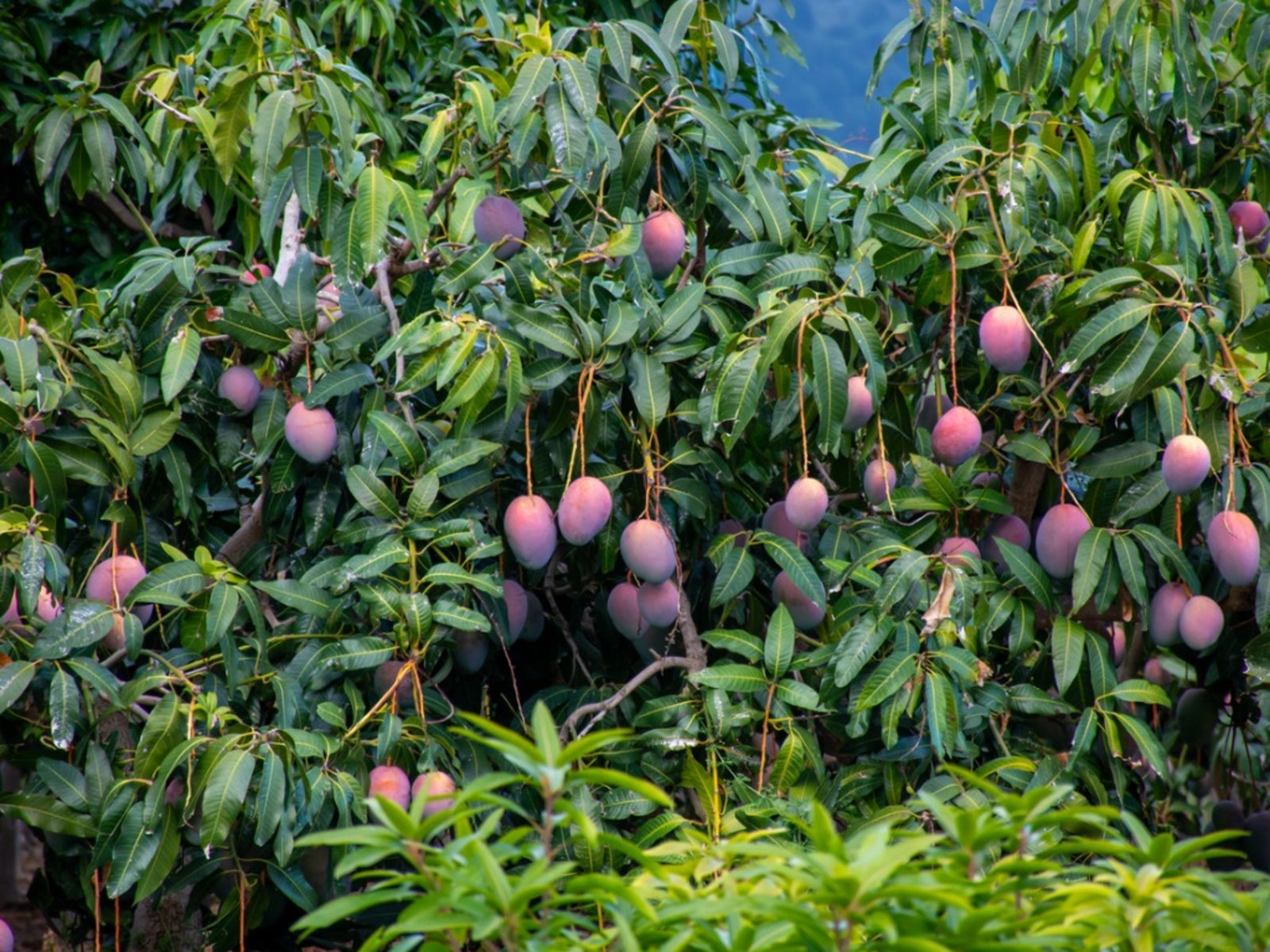 Mango Sun Damage: Treating Mangoes With Sunburn
Mango Sun Damage: Treating Mangoes With SunburnMangoes with sunburn have reduced palatability and are usually used to make juice. If you want to save the juicy fruits for out of hand eating, learn how to stop mango sunburn in your plants. This article can help with that. Click here for more information.
By Bonnie L. Grant
-
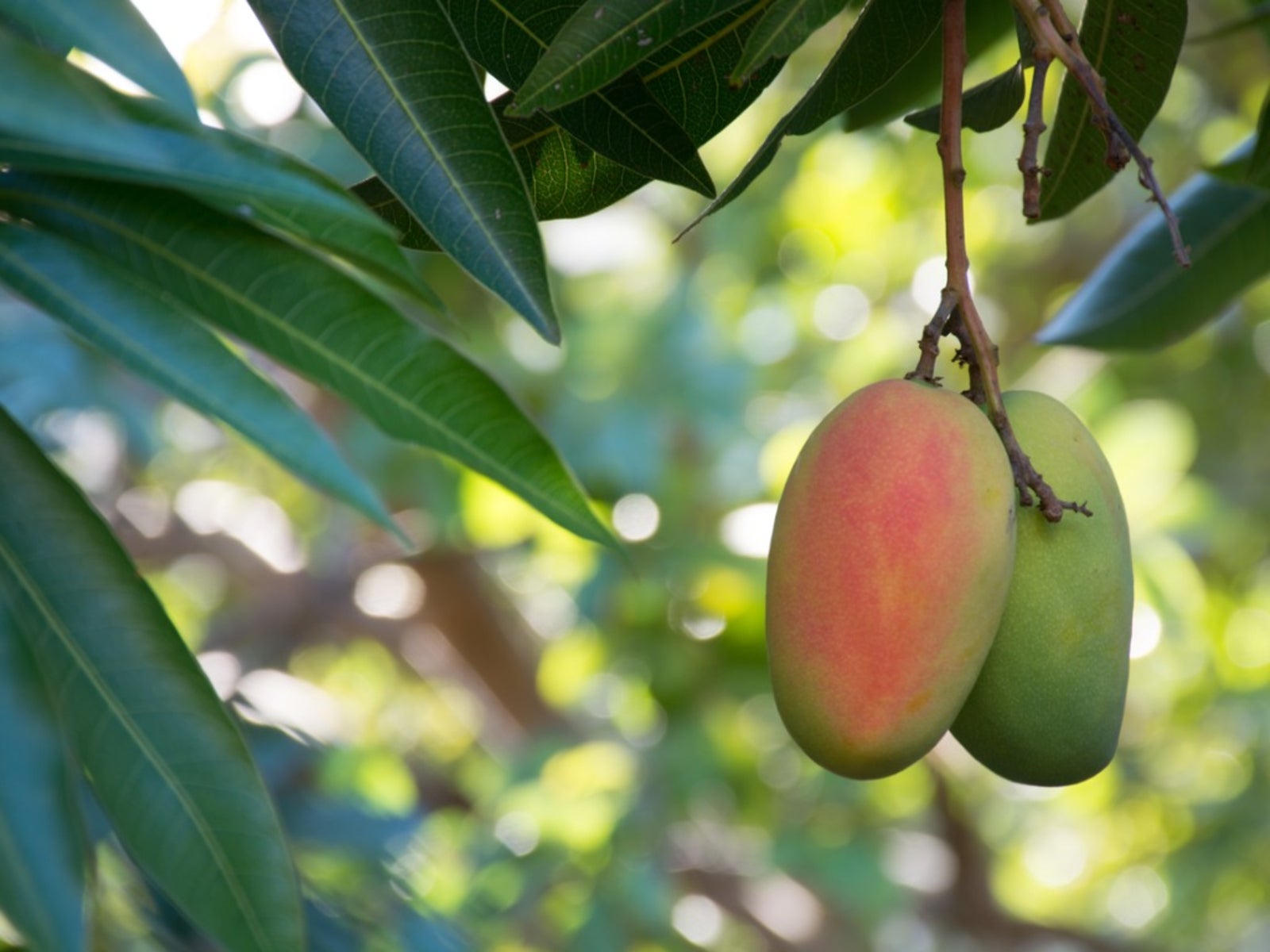 Mango Leaf Tips Are Burnt – What Causes Mango Tipburn
Mango Leaf Tips Are Burnt – What Causes Mango TipburnWhen your mango leaves are burnt on the tips, it’s likely to be a disease called tipburn. Tipburn of mango leaves can be caused by several different issues, but, fortunately, none are too difficult to treat. Click here for information on tipburn and its treatment.
By Teo Spengler
-
 Planting A Mango Pit – Learn About Mango Seed Sprouting
Planting A Mango Pit – Learn About Mango Seed SproutingGrowing mangoes from seed can be a fun and enjoyable project for kids and seasoned gardeners alike. While extremely easy to grow, there are a few issues that you may encounter when attempting to plant seeds from grocery store mangoes. Learn more here.
By Tonya Barnett
-
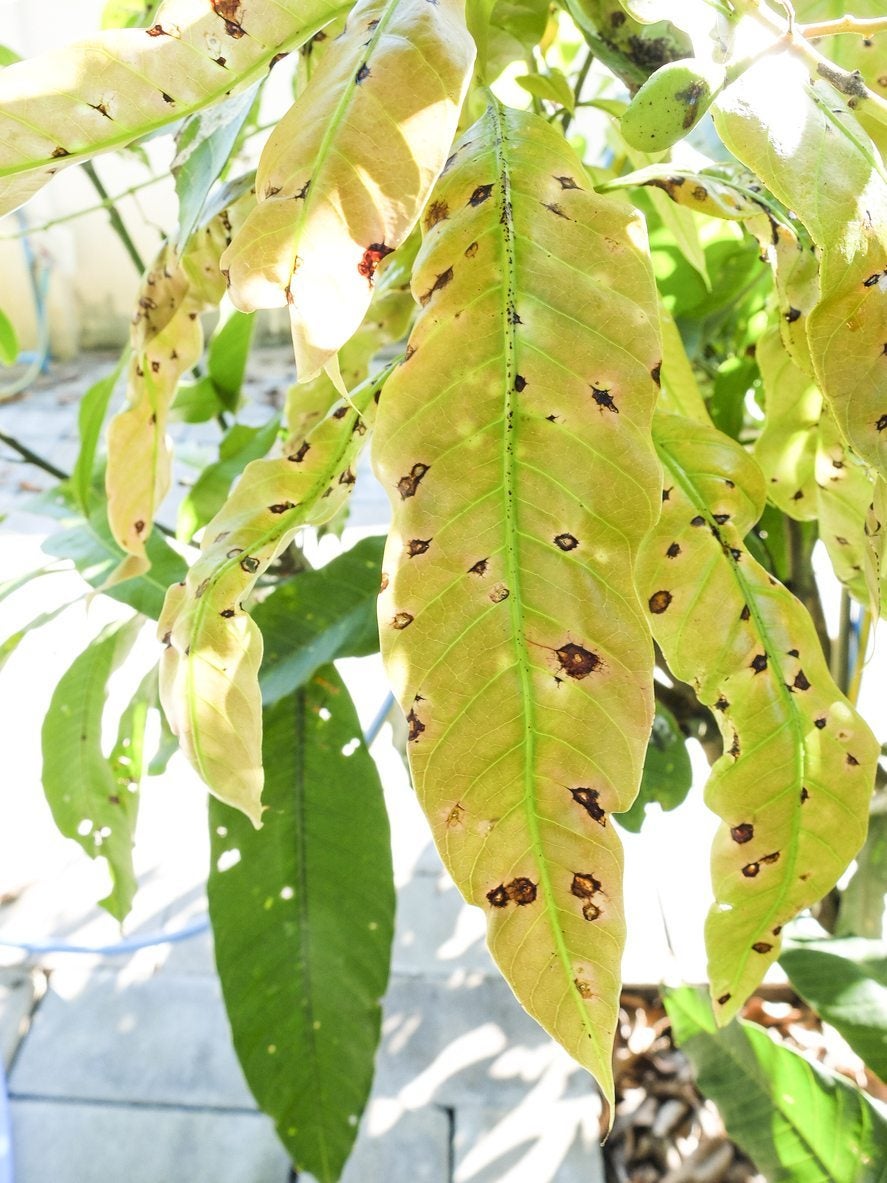 How To Manage Mango Disease: Tips For Treating A Sick Mango Tree
How To Manage Mango Disease: Tips For Treating A Sick Mango TreeDelicious they may be, but the trees are susceptible to a number of mango tree diseases. Treating a sick mango means correctly identifying mango disease symptoms. Click this article to find out about diseases of mangos and how to manage mango diseases.
By Amy Grant
-
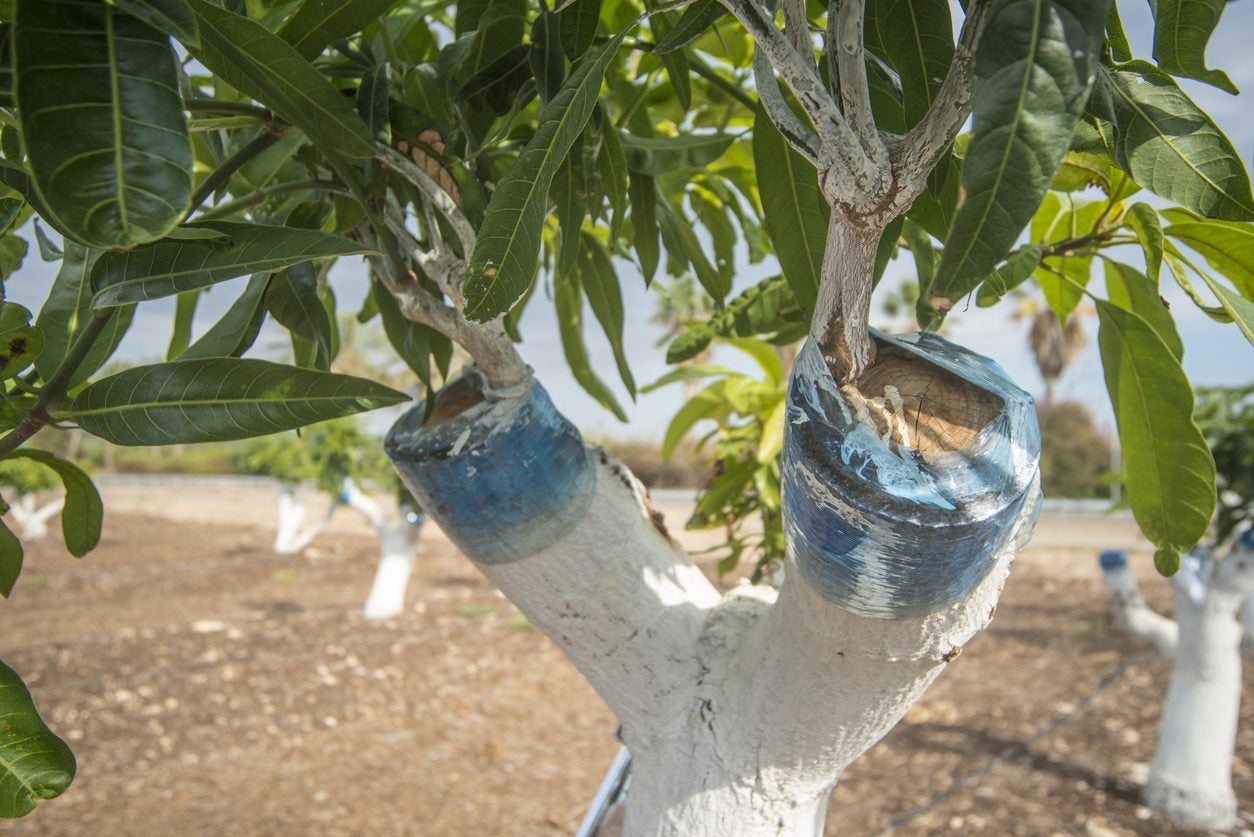 Mango Tree Grafting – Learn How To Graft A Mango Tree
Mango Tree Grafting – Learn How To Graft A Mango TreeWhen propagating by seed, trees take longer to produce fruit, thus mango tree grafting is the preferred method of propagation. In the following article, we?ll discuss how to graft a mango tree and other pertinent information of this technique.
By Amy Grant
-
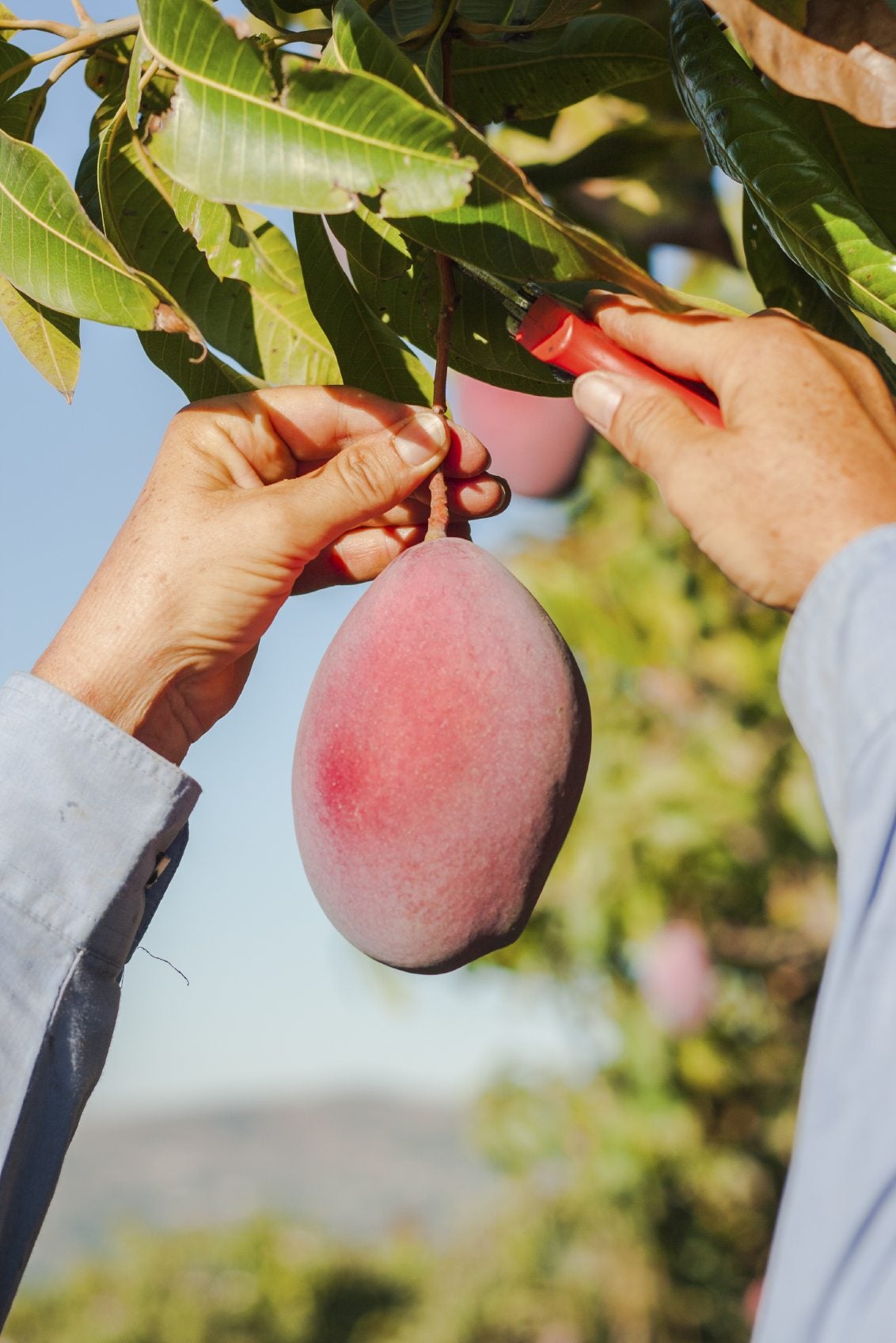 Mango Fruit Harvest – Learn When And How To Harvest Mango Fruit
Mango Fruit Harvest – Learn When And How To Harvest Mango FruitMangos are an economically important crop in tropical and subtropical areas of the world. If you are lucky enough to have a mango tree, you may have wondered "When do I pick my mangos". Find out when and how to harvest mango fruit here.
By Amy Grant
-
 Container Grown Mango Trees – How To Grow Mango Trees In Pots
Container Grown Mango Trees – How To Grow Mango Trees In PotsMangos are exotic, aromatic fruit trees that absolutely abhor cold temps. Since many of us don't live in such consistently warm regions, you might be wondering how to grow mango trees in pots or even if it's possible. Click here to learn more.
By Amy Grant
-
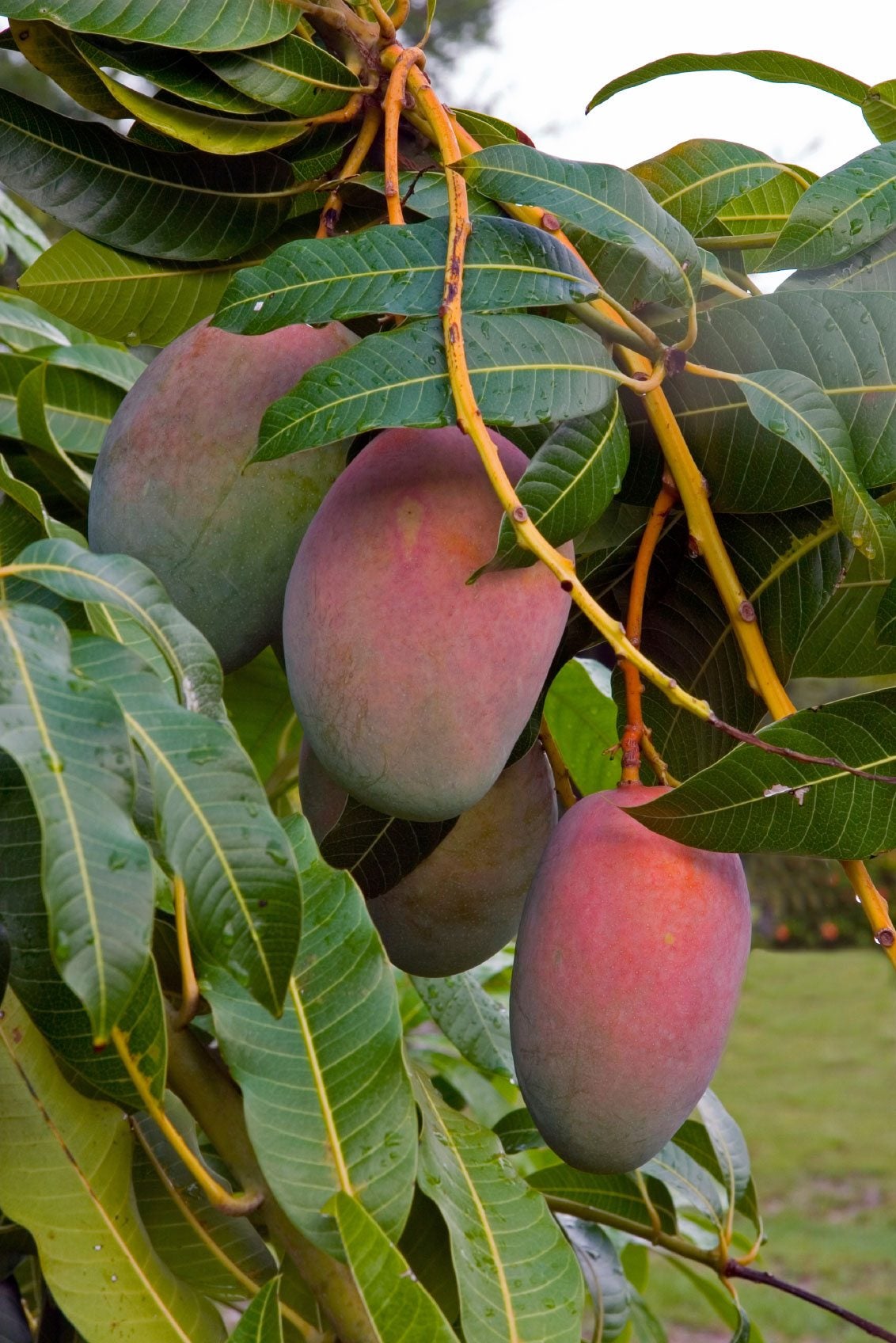 Mango Tree Not Producing: How To Get Mango Fruit
Mango Tree Not Producing: How To Get Mango FruitOne of the most popular fruits in the world, mango trees have been grown for more than 4,000 years. Mango tree problems, like no mango fruit on trees, have been duly noted with solutions found in this article.
By Amy Grant